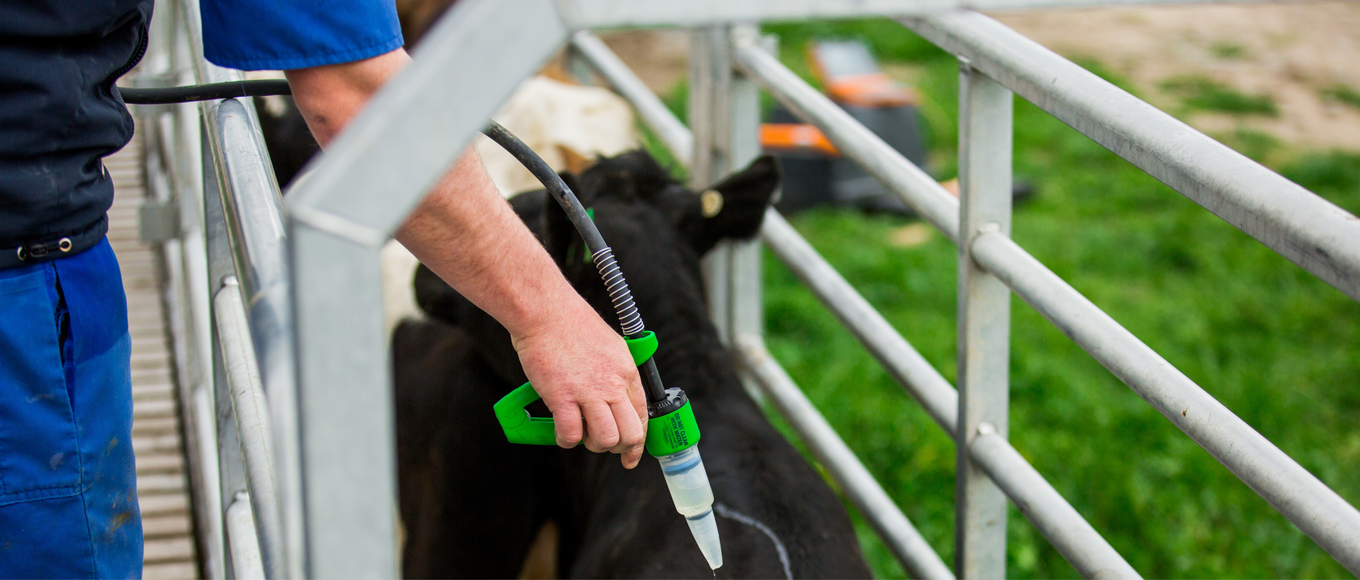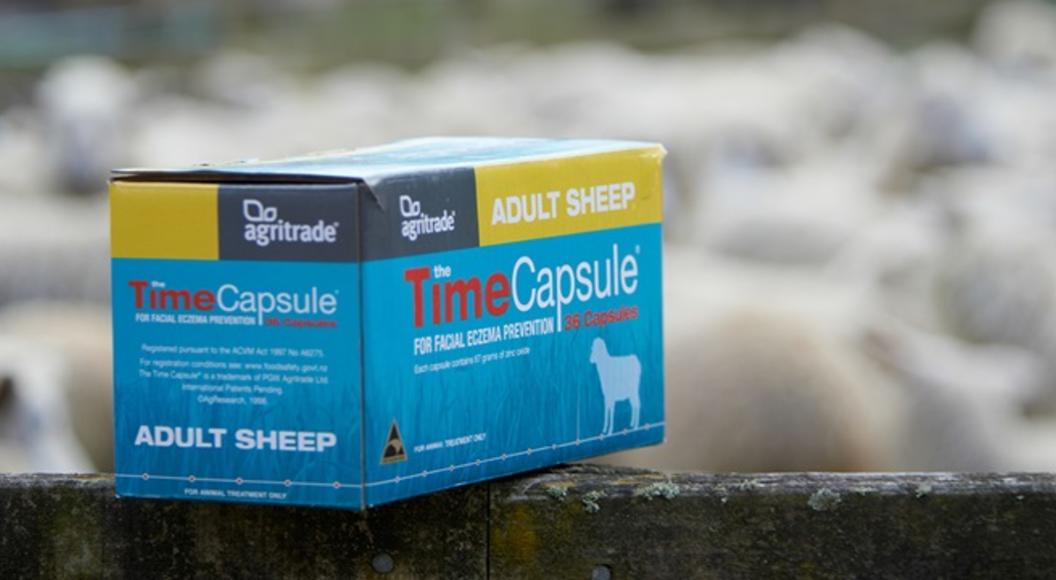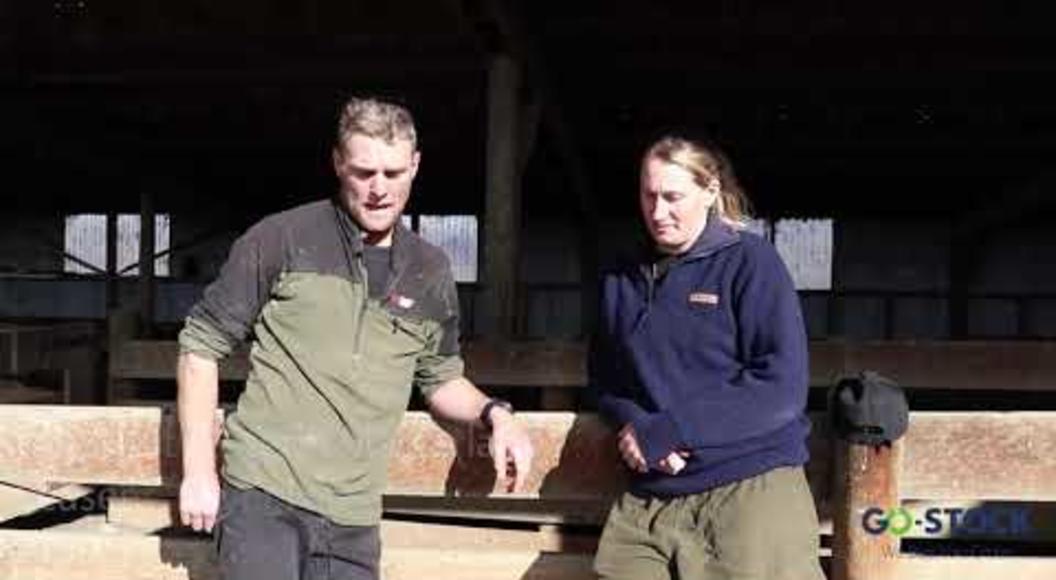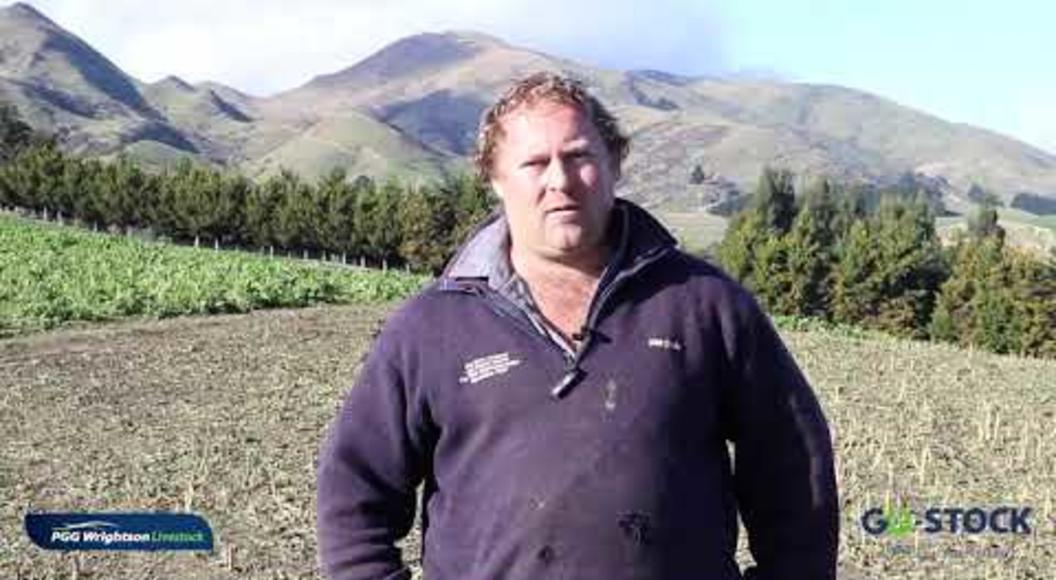
Your checklist at weaning
If the cow and calf are competing for high quality feed, then it’s time to wean. There are several factors to think about when that time comes.
Vaccination
Calves should have been given a clostridial vaccination at calf marking to protect against tetanus and black leg in particular. As this would have been given some months ago, the vaccination programme needs to begin again to provide effective protection. Vaccinate at weaning and again 4-6 weeks later. The timing of the vaccination is more important than the brand of vaccine used. If the two doses are too far apart, protection can lapse and the booster effect will not provide long-term care.
Drenching
For many calves, this will be the time of their first drench. The worm burden is likely to be dominated by Cooperia, but Ostertagia is still the parasite that is likely to be causing production loss. Levamisole is highly effective against Cooperia but not Ostertagia, particularly the inhibited larvae. It is the opposite with ML drenches (abamectin, moxidectin, doramectin and eprinomectin), so having these two in combination makes sense so that you have an effective worm kill. The BZ drench family is in the oral formulation, which helps to delay the development of resistance. If you are orally drenching, a triple combination is the best option.
For injectable and pour on drenches, use products containing a ML and levamisole. Correct application is important so check the gun is operating well and then set the dose using a measuring cylinder. As these calves are often 6-8 months old, their immune system is somewhat effective at making life a bit tough for the worms, so drenching does not need to be as frequent as with weaned lambs. A follow-up drench at 6-8 week intervals on pasture where larval contamination has been managed using sheep and older cattle can be appropriate. Levamisole is toxic to dehydrated and stressed calves, so avoid drenching animals that have been yarded for long
periods in hot weather.
Selenium
This is an important mineral in young cattle effecting growth rates, immune function and enzymatic pathways. Oral drenches, pour on and short acting injections provide short-term supplementation. The use of long-acting injections, selenium fertiliser prills and continuous supply in the drinking water system provide longer term protection. Your best option depends on your soil type, selenium levels, water system, cost and convenience.
B12
Although many calves receive Vitamin B12, the benefit is questionable in many parts of New Zealand. It does improve the appetite of deficient animals, but if you are seeing this response, then soil, pasture and animal analysis is advised to determine the extent of the deficiency.
Weigh
EID readers and weigh scales have certainly simplified the process of recording live-weights. Weaning is also a good time to weigh the cows to benchmark what percentage of the cows’ body weight the weaned calf is. This figure is particular to your system and is good to know. Cows should be their heaviest at weaning, and any light cows need remedial attention.


